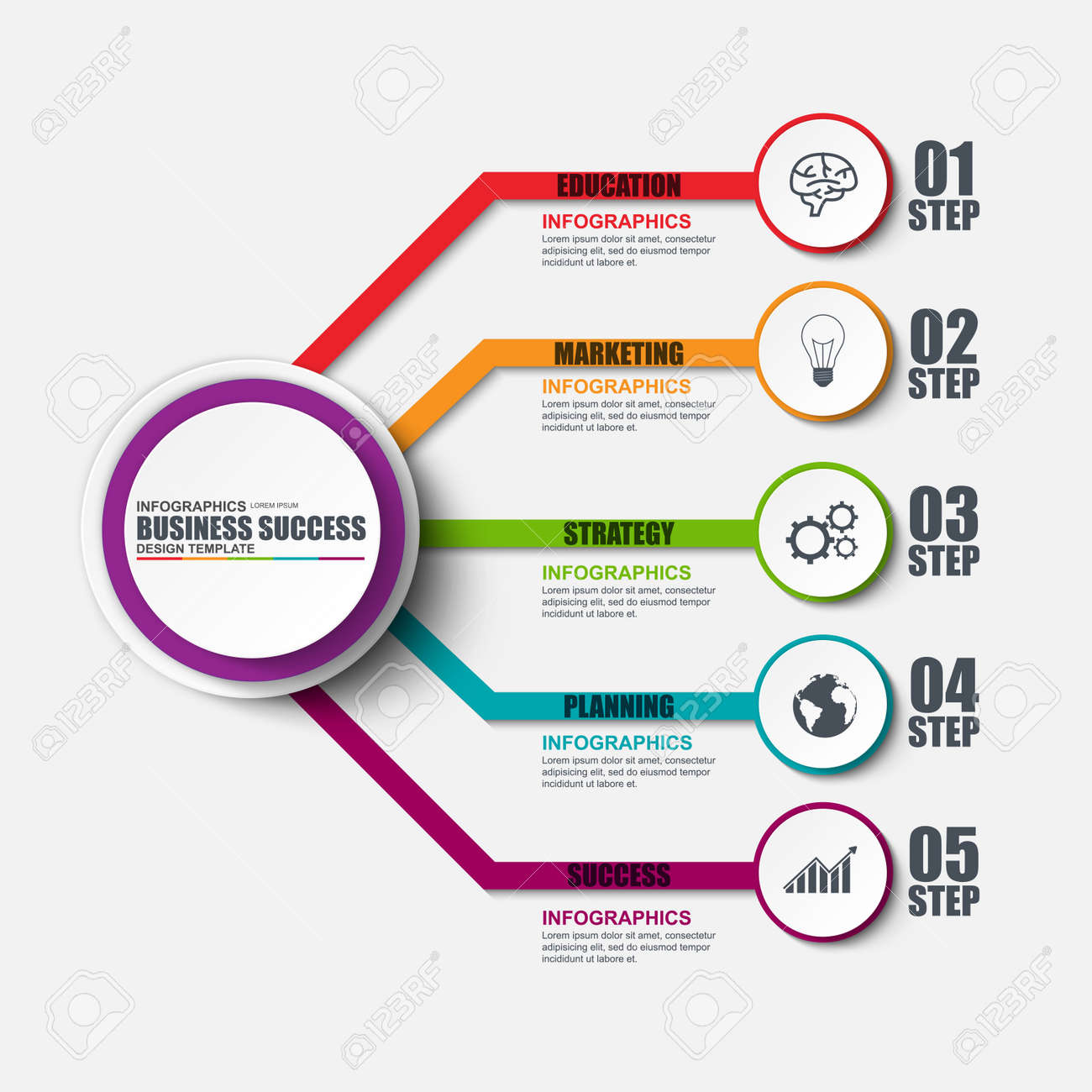Interested In Learning Exactly How Website Style Has Changed Throughout The Years? Check Out The Progression From Standard, Straightforward Designs To User-Centered Strategies That Focus On The Demands And Preferences Of On The Internet Visitors
Interested In Learning Exactly How Website Style Has Changed Throughout The Years? Check Out The Progression From Standard, Straightforward Designs To User-Centered Strategies That Focus On The Demands And Preferences Of On The Internet Visitors
Blog Article
Material Develop By-Monroe Dodson
In the past, sites were straightforward and focused on details. Navigation was direct, and style was for desktop computers. Currently, individual experience is vital. Data overviews layouts for very easy navigation. best seo optimized websites suit different devices. Today, dark mode reduces strain, and minimal food selections improve navigation. Interactive functions involve individuals, and bold visuals stick out. AI combination improves engagement. See how style has actually progressed to boost your on the internet trip.
Very Early Days of Web Design
In the very early days of website design, simpleness reigned supreme. Internet sites were standard, with restricted colors, fonts, and formats. https://www.optometrytimes.com/view/4-ways-to-use-local-seo-to-attract-more-patients got on giving details rather than fancy visuals. https://video-marketing-campaign76420.worldblogged.com/35789149/boost-your-site-s-performance-with-on-page-seo-mastery accessed the web through slow-moving dial-up connections, so speed and capability were essential.
Navigation menus were straightforward, typically situated at the top or side of the page. Internet sites were created for desktop computers, as mobile surfing wasn't yet common. Material was king, and designers prioritized simple readability over complex layout aspects.
HTML was the primary coding language made use of, and developers needed to function within its restraints. Computer animations and interactive functions were very little compared to today's requirements. Web sites were static, with little dynamic web content or customized individual experiences.
Increase of User-Focused Layout
With the evolution of site design, a change towards user-focused design concepts has ended up being progressively popular. Today, creating web sites that prioritize customer experience is critical for engaging visitors and achieving organization goals. User-focused design involves understanding the needs, preferences, and habits of your target market to tailor the web site's layout, web content, and includes accordingly.
Designers now conduct thorough study, such as customer studies and usability testing, to gather insights and feedback straight from users. This data-driven technique aids in creating intuitive navigating, clear calls-to-action, and visually appealing interfaces that resonate with site visitors. By placing the customer at the center of the style process, websites can supply an extra tailored and satisfying experience.
Receptive layout has likewise emerged as a vital element of user-focused style, making sure that sites are maximized for different tools and screen sizes. This adaptability improves ease of access and usability, accommodating the varied means customers connect with sites today. In essence, the increase of user-focused design signifies a shift in the direction of producing electronic experiences that focus on the needs and assumptions of completion individual.
Modern Trends in Web Design
Discover the current trends forming web design today. One famous pattern is dark setting design, supplying a smooth and modern look while lowering eye stress in low-light atmospheres. One more key trend is minimalist navigating, streamlining food selections and improving individual experience by focusing on essential elements. Including micro-interactions, such as computer animated switches or scrolling results, can produce a more engaging and interactive internet site. Receptive style remains critical, ensuring seamless user experiences across numerous devices. Furthermore, utilizing bold typography and unbalanced layouts can add visual interest and draw attention to details web content.
Integrating AI innovation, like chatbots for customer assistance or customized referrals, improves customer involvement and streamlines processes. Access has additionally come to be a considerable fad, with designers focusing on comprehensive style practices to accommodate diverse customer needs. Welcoming sustainability by enhancing website efficiency for rate and effectiveness is another emerging pattern in website design. Collaborating with customer responses and information analytics to iterate and enhance layout continually is important for staying relevant in the ever-evolving electronic landscape. By accepting these modern-day fads, you can develop an aesthetically appealing, user-friendly internet site that reverberates with your audience.
Final thought
As you reflect on the evolution of web site design from the very early days to now, you can see how user-focused design has become the driving force behind contemporary patterns.
Embrace the journey of change and adjustment in web design, always keeping the customer experience at the leading edge.
Stay existing with the most recent patterns and technologies, and never stop developing your approach to develop visually sensational and straightforward websites.
Progress, adjust, and develop - the future of web design remains in your hands.
